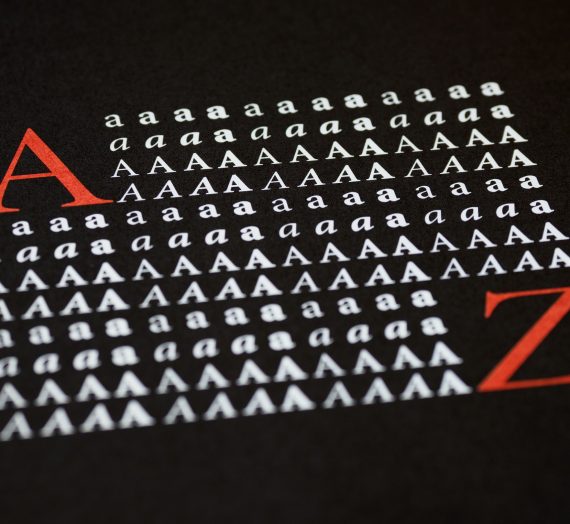Even though children read less the older they get, fiction remains the most popular genre amongst children of all ages. So what could this information mean for writers and publishers of children’s literature?
When it comes to children’s books, it is no secret that writers and publishers cater to kids through creativity and fun, usually through the fiction genre. But with technology and media sources becoming increasingly popular, writers and publishers are left wondering if children are reading less and with little enthusiasm. A survey conducted by Maynard, MacKay, and Smyth researched 4- to 16-year-old children’s reading habits, favorite genres, and favorite characters to discover answers to these trends.
THE RESEARCH
In the article “A Survey of Young People’s Reading: Thinking about Fiction,” Sally Maynard, Sophie MacKay, and Fiona Smyth conducted a survey among 4,182 children from ages 4 to 16, dividing the children into three age groups: 4 to 7, 7 to 11, and 11 to 16. The survey asked questions such as “How often do you read?” “How enthusiastic of a reader are you?” and “How often do you read story books/fiction” (2008, 45)?
After analyzing the results, Maynard, MacKay, and Smyth found that the 4-to-7 age group were most enthusiastic about reading, whereas the majority of the older two age groups (ages 7 to 16) were averagely enthusiastic about reading; ages 11 to 16 were the least enthusiastic about reading out of the three age groups. Between girls and boys of all age groups, 12% of girls answered “never” to how often they read, whereas 8% of boys answered “never” (2008, 51).
When it comes to reading the genre of fiction specifically, 92% of children ages 4 to 7 answered they read fiction very often; ages 7 to 11, 89%; and ages 11 to 16, 77% (Maynard, MacKay, and Smyth 2008, 50). Overall, the majority of each age group read fiction often, leading to the survey’s conclusion that fiction remains the most popular genre for children.
In addition, the children were asked who their favorite fictional character was. The most popular character in each age group by a large majority was Harry Potter; the most popular author, J.K. Rowling. Other popular characters came from Lord of the Rings, Roald Dahl novels, Star Wars, and A Series of Unfortunate Events.
“It is interesting that the proportion of children saying that they read these [storybooks/fiction] ‘often or very often’ decreased as the age of the children’s groups increased.”
Maynard, Mackay, and Smyth (2008)
THE IMPLICATIONS
The survey’s results demonstrate that “the proportion of children saying that they read these [storybooks/fiction] ‘often or very often’ decreased as the age of the children’s groups increased,” (Maynard, MacKay, and Smyth 2008, 50) even as the genre of fiction remained the most popular. Boys read more often than girls, but are less likely to read a book with a girl protagonist than girls are to read a book with a boy protagonist. Furthermore, most children prefer characters and stories that contain elements of magic or fantasy.
For publishers and writers of children’s literature, this survey suggests that fiction is, in fact, fundamental, as the majority of children read fiction more often than any other genre. Moreover, children’s books sell better if they have an element of fantasy, and books with male main characters are the most successful. This information could help publishers improve their book sales (with publishing more popular content for children), but could also help parents choose engaging books for their children. With these results, writers should also be more cognizant of older children and might think of incorporating elements (such as a more mature fantasy or science-fiction aspect or romance) into their books that would interest an older demographic as well.
To discover more about children’s and YA reading trends, read the full article:
Sally Maynard, Sophie MacKay & Fiona Smyth 2008. “A survey of young people’s reading: thinking about fiction.” New Review of Children’s Literature and Librarianship, 14 (1): 45-65, DOI: 10.1080/13614540802170379
—Taryn Hervey, Editing Research
FEATURE IMAGE BY SABRINA EICKHOFF
Find more research
Take a look at Kate Blatter’s Editing Research article for how incorporating parents’ preferences for their children’s reading can enhance children’s book sales: “Book Sales: Why You Should Focus on Parental Preference Before Child’s Choice.”
Read Jessica Hoffman and Kathleen Paciga’s (2014) article to find out more about utilizing e-publishing in children’s reading: “Click, Swipe, and Read: Sharing e-Books with Toddlers and Preschoolers.” Early Childhood Education Journal 42, 379–388 (2014). https://doi.org/10.1007/s10643-013-0622-5.





Jamie LeSueur
This study was published in 2008, just a year after the final Harry Potter book was published. I wonder if kids would have a new favorite character if this study was done today? If so, does anyone have guesses to who it would be?
Why Writing in Childhood Matters - Editing Research
[…] Check out Taryn Hervey’s article for insights into childhood reading: “Is Fiction Fundamental? Trends of Children’s Reading Habits.” […]